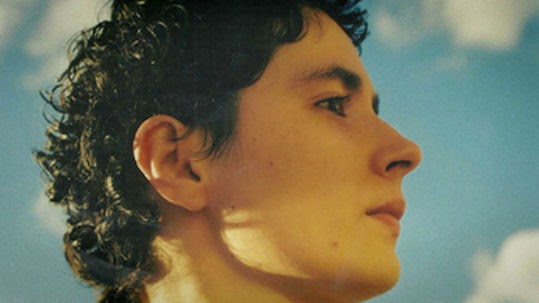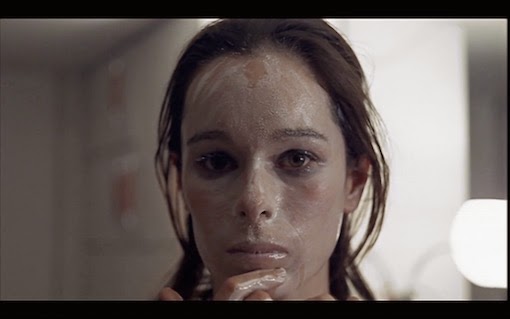 |
| Crumbs |
I thought I'd highlight a film from each of the five days that I'll be in Barcelona - not all of the films are Spanish, but that's a reflection of what I'll be watching. The details here are deliberately scant because I avoid reading too much about films before seeing them.
Monday 27th: A Misteriosa Morte de Pérola (Guto Parente, 2015)
I am also keen on catching El incendio (Juan Schnitman, 2015) but that doesn't start until 10pm - given that I'll have been at the airport from around 6am, there's a strong possibility that I won't manage to stay the course on my first day. So for my pick I'll settle on this Brazilian mid-lengther about which I know nothing other than the contents of this very creepy trailer (the foley artists are earning their keep here).
Tuesday 28th: No todo es vigilia / Not All Is Vigil (Hermes Paralluelo, 2014)
A love story of a long-married couple who are becoming too infirm to take care of each other, this film gained a lot of positive word of mouth on twitter - and glowing reviews - after screening at San Sebastián last year. The subtitled trailer can be found here.
Wednesday 29th: Sueñan los androides / Androids Dream (Ion de Sosa, 2014)
Directed by the cinematographer of El Futuro (and this trailer suggests some visual similarities with that film), this low voltage sci-fi takes place in Benidorm in 2052 and is one of the central films in the festival's (Im)Possible Futures section.
Thursday 30th: Crumbs (Miguel Llansó, 2015)
Another (Im)Possible Futures film and another one that I first heard about on twitter (this time in relation to the Rotterdam Film Festival earlier this year). Crumbs looks like an Ethiopian cross between the journeys in the Baba Yaga fairytale and The Wizard of Oz. With Nazis and a bonus Father Christmas.
Friday 1st: Queen of Earth (Alex Ross Perry, 2015)
An examination of the friendship between two miserable women (Elisabeth Moss and Katherine Waterston) and a downward spiral into delusion and madness - sounds like perfect Friday night viewing and a great way to end my trip!
The next time I post, I'll be in Barcelona!















